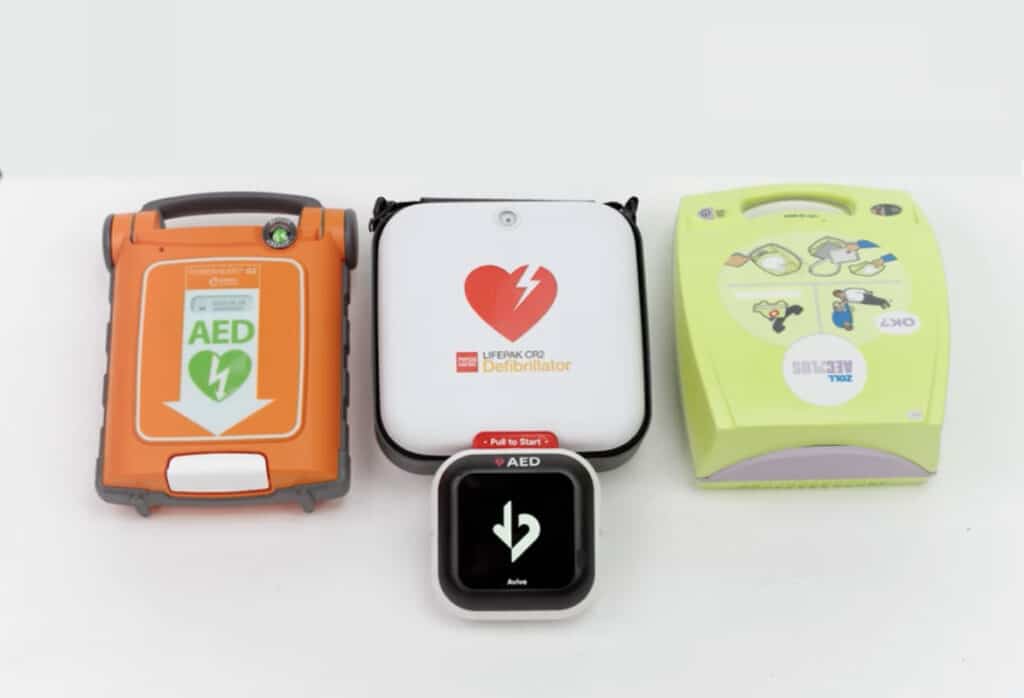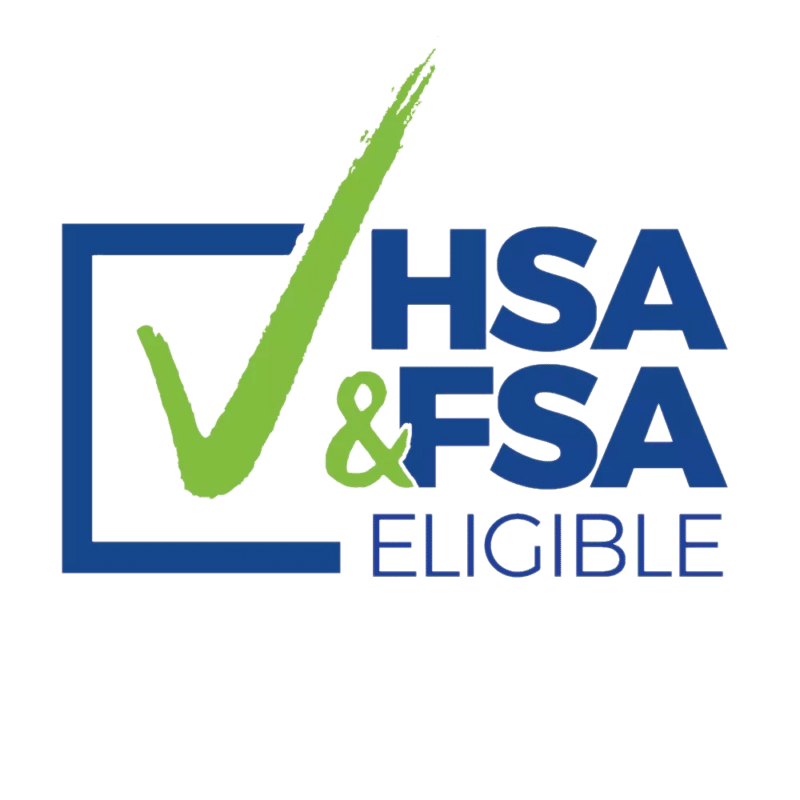No products in the cart.
AED's
AEDs Laws: What You Need to Know to Save Lives and Stay Compliant
Automated External Defibrillators (AEDs) are life-saving devices used in emergencies when someone suffers from sudden cardiac arrest. As the importance of having AEDs readily available becomes clearer, various laws and regulations have been enacted to ensure their availability and use. This article will explore the legal landscape surrounding AEDs, focusing on key laws, compliance requirements, and practical considerations for organizations and individuals.
AEDs and Their Importance
What is an AED?

An Automated External Defibrillator (AED) is a portable device that checks the heart’s rhythm and can send an electric shock to the heart to try to restore a normal rhythm. These devices are designed for use by laypersons and are equipped with voice prompts to guide users through the process of administering CPR and using the AED effectively.
The Impact of AEDs on Survival Rates
Studies show that immediate defibrillation can significantly increase the chances of survival following a cardiac arrest. The American Heart Association states that for every minute that passes without defibrillation, the chances of survival decrease by approximately 10%. Thus, increasing the availability of AEDs is a crucial public health objective.
Legal Framework Surrounding AEDs
Federal Laws
While there are no specific federal laws mandating the presence of AEDs, various laws and guidelines exist that encourage their use in public places:
Cardiac Arrest Survival Act of 2000: This federal law provides liability protections for individuals who use AEDs in emergencies, promoting their use without the fear of legal repercussions.
Americans with Disabilities Act (ADA): This act encourages public entities to make AEDs available to ensure accessibility for individuals with disabilities, thus reinforcing the importance of these devices in public spaces.
State Laws
Many states have enacted laws requiring certain facilities to have AEDs on-site. While these laws vary significantly by state, common elements include:
Public Access Defibrillation Laws:
Most states have laws requiring AEDs in certain public venues, such as schools, gyms, and large gathering places.
Training Requirements:
Some states mandate that individuals who use AEDs must receive training in CPR and AED operation.
Maintenance Regulations:
Many laws stipulate that AEDs must be regularly maintained and checked for functionality to ensure they are ready for use in emergencies.
Local Regulations
In addition to state laws, local municipalities may have specific regulations concerning AEDs. It is essential for organizations to familiarize themselves with both state and local requirements, as these can vary widely.
Compliance Requirements for Organizations
AED Placement

Organizations should assess their facilities to determine where AEDs should be placed. Considerations include:
- High foot-traffic areas
- Locations where individuals are at higher risk of cardiac events (e.g., sports venues)
- Proximity to emergency services
Training Staff
Training is a crucial component of AED compliance. Organizations should:
- Provide regular training sessions for staff on CPR and AED use.
- Ensure that a sufficient number of employees are trained to respond in emergencies.
Regular Maintenance and Inspections
To comply with laws and ensure effectiveness, organizations must:
- Conduct regular inspections of AEDs to ensure they are functional and properly maintained.
- Keep records of inspections and maintenance, as these may be required for compliance.
Documentation and Reporting
Many states require organizations to maintain documentation regarding their AED program. This may include:
- Records of training sessions
- Maintenance logs
- Incident reports following AED use
The Role of Good Samaritan Laws
Understanding Good Samaritan Laws
Good Samaritan laws provide legal protection to individuals who assist those who are injured or in peril. In many jurisdictions, these laws protect those who use an AED during an emergency, provided they act in good faith and without negligence.
Importance of Awareness
It is vital for both laypersons and trained responders to understand the protections afforded by Good Samaritan laws. This knowledge can encourage more individuals to step in during emergencies, potentially saving lives.
Best Practices for AED Implementation
Developing an AED Program
Organizations should consider developing a comprehensive AED program that includes:
Assessing Needs:
Evaluate the specific needs of the facility and the population it serves.
Creating Policies:
Establish clear policies regarding AED use, maintenance, and training.
Engaging the Community:
Promote awareness of the AED program within the community to encourage public participation and training.
Continuous Training and Drills
Regular training and practice drills can help ensure that staff members are prepared to respond quickly and effectively in an emergency. These drills should be conducted at least annually and include:
- Simulation of real-life scenarios
- Review of protocols and procedures
Conclusion
Understanding the legal framework surrounding AEDs is crucial for ensuring compliance and maximizing their life-saving potential. With the right placement, training, maintenance, and adherence to laws, organizations can create a safer environment for their communities. By demystifying the use of AEDs and empowering individuals to act, we can significantly improve survival rates in cases of sudden cardiac arrest. Remember, every second counts, and having AEDs readily available can mean the difference between life and death.






